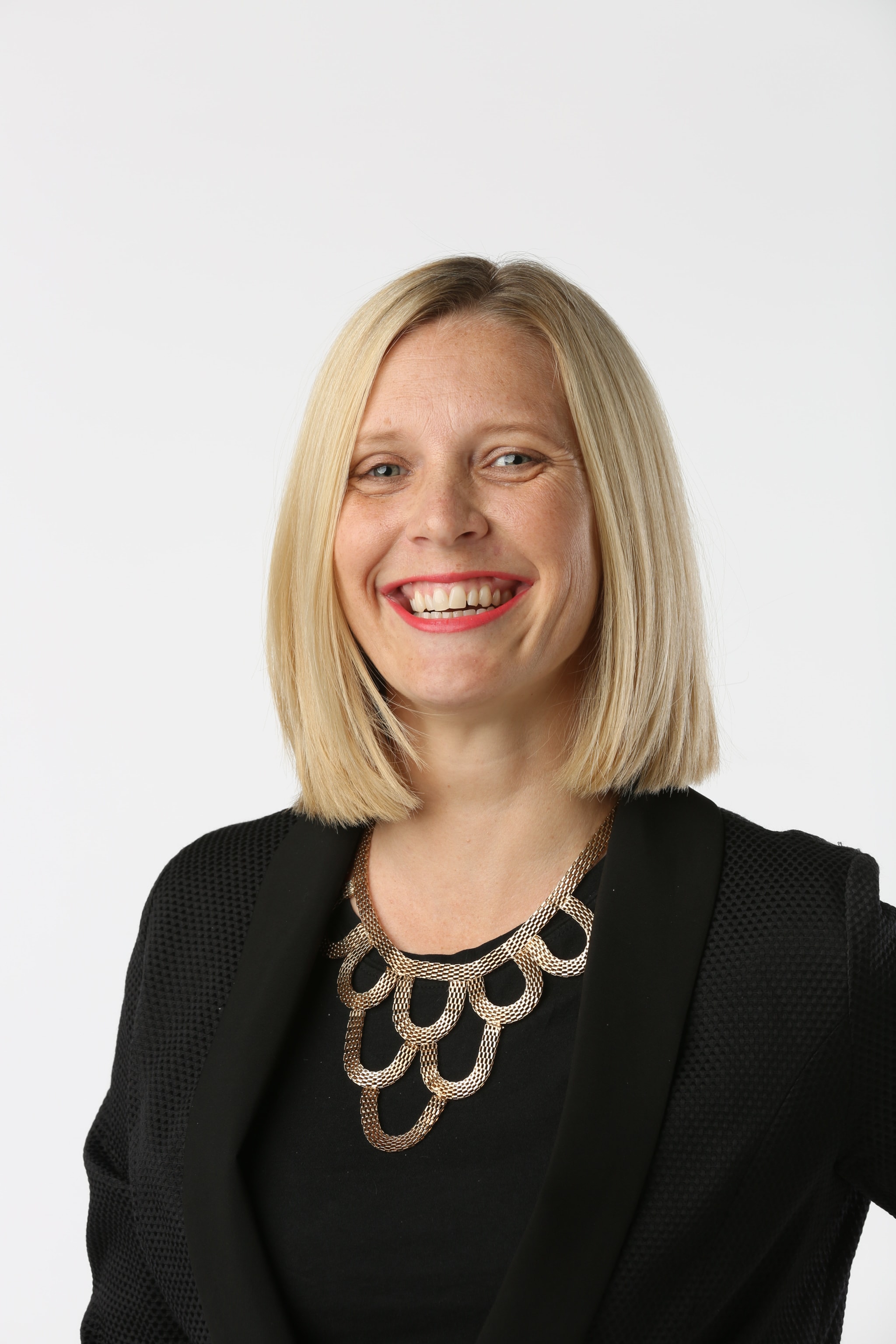Stamp duty in South Australia

Adelaide, South Australia. Picture: Getty
South Australia’s stamp duty rates are among the highest in the country, but it’s an unavoidable cost of buying residential real estate. Although the fee is hefty, the burden can feel a little lighter if you’ve planned how much you need to pay, when you need to pay it, and if you’re actually eligible for any concessions or even a full exemption. Let’s break down what stamp duty is and how it’s calculated so that it's just another step along your path to homeownership.
What is stamp duty about?
Stamp duty is a state government tax levied on property purchases. In South Australia, the amount you must pay is directly related to the value of the property or land you're buying. Put simply, the more expensive the home, the higher the duty.
Also known as transfer duty, it's essentially a transfer tax that happens as the title of property or land is moved between owners. Stamp duty got its more popular name from the rubber stamp officials once used to sign off on property paperwork and today it earns South Australia around $7 billion to $10 billion annually.
How is stamp duty calculated in SA?
In South Australia, the stamp duty you pay is based on a sliding scale. This tiered system means that as the value of the property increases, so does the percentage of the price that goes toward stamp duty.
Here’s a simplified breakdown of how the duty in South Australia is calculated:
| $0 to $12,000 | 1% of the value |
| $12,000 to $30,000 | $120 plus 2% for every $100 over $12,000 |
| $30,000 to $50,000 | $480 plus 3% for every $100 over $30,000 |
| $50,000 to $100,000 | $1,080 plus 3.5% for every $100 over $50,000 |
| $100,000 to $200,000 | $2,830 plus 4% for every $100 over $100,000 |
| $200,000 to $250,000 | $6,830 plus 4.25% for every $100 over $200,000 |
| $250,000 to $300,000 | $8,955 plus $4.75 for every $100 over $250,000 |
| $300,000 to $500,000 | $11,330 plus $5.00 for every $100 over $300,000 |
| Exceeds $500,000 | $21,330 plus $5.50 for every $100 over $500,000 |
Example case study
Taylor and Felix have decided to purchase an existing home in South Australia worth $625,000. Although Taylor hasn’t owned a property before, Felix has and therefore the couple are not eligible for the first-home buyer stamp duty exemption. After using a stamp duty calculator , the pair work out their stamp duty will be $29,580, but they'll need to add on the state’s additional logement fee of $6,257 plus a $15 admin charge, bringing the total to $35,852.
Stamp duty exemptions and concessions in SA
First-home buyer help
Stamp duty has been abolished for all first-home buyers building or buying a new home, including off-the-plan apartments as well as house and land packages, regardless of the property’s cost.
The stamp duty relief for eligible first home buyers is not available on the purchase of an established home, including where the plan is to knock down and rebuild a new home. This includes where you subdivide the land, and your new home is built on one piece of the land.
In addition, the Government of South Australia also gives eligible first-home buyers access to the $15,000 First Home Owner Grant (FHOG) for homes bought up to $650,000. With both the exception and the grant, that’s potentially $44,580 of total relief.
Foreign buyers pay more
If you’re a foreign buyer, you’ll be subject to additional taxes. South Australia has a foreign ownership surcharge, which is an additional 7% on top of the usual stamp duty. This extra cost applies to foreign buyers purchasing residential property in the state, so it’s essential to factor this into your budget if you’re a non-resident.
Budgeting for stamp duty
Unless you qualify for an exemption, stamp duty is a necessary cost that comes with buying a home. And at no small sum, it’s crucial to budget for it early on in your property search so you’re not caught out when you can lest afford it.
Use an online calculator specific to South Australia so you have an accurate estimate of how much you’ll need to pay. Once you know the amount, factor it into your deposit, this way you won’t be borrowing to pay the bills. Ands finally, speak to a professional such as a conveyancer, solicitor or mortgage broker to provide you with detailed advice tailored to your situation.


